“Researching plantation houses in the 1700s. What is the thing hanging from the ceiling in this dining room?”
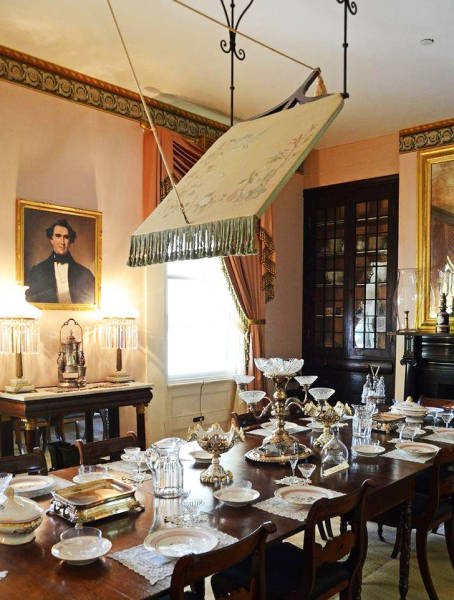
It’s a ceiling fan. The rope at the top would be pulled to create the back and forth motion to fan the air and keep flies away from the table during a meal.
“Found underneath the seat on the metro train, seems to be a windowed container filled with sawdust?”

There is a “sandbox” located under seats in metro trains. It’s a box with sand to use in wet or slippery conditions to improve traction (during acceleration or deceleration).
“Found some sort of door on Orcas Island, Washington. The door was locked and hadn’t been opened in a long time. Any idea what it’s used for? ”
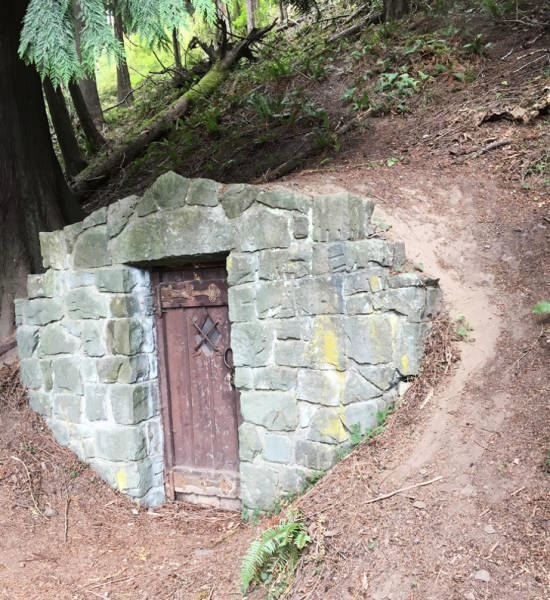
That’s the door leading to a lime kiln that had been abandoned for a long time. It was built far from living houses so that its gases don’t poison people.
“Saw it during my flight. No idea how to Google it.”
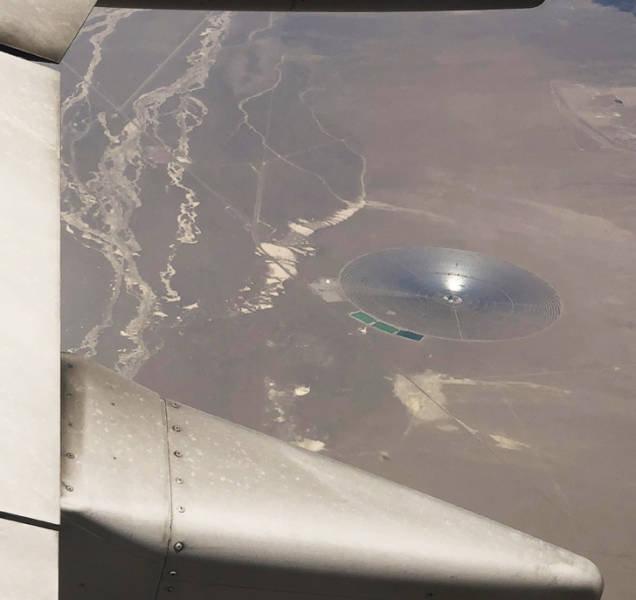
It’s a large tower-type solar-thermodynamic power plant located in the state of Nevada, USA.
“I saw it in a little museum in a small town I once lived in years ago with a sign saying ’What is this thing?’ Even the museum employees didn’t know what it was.”
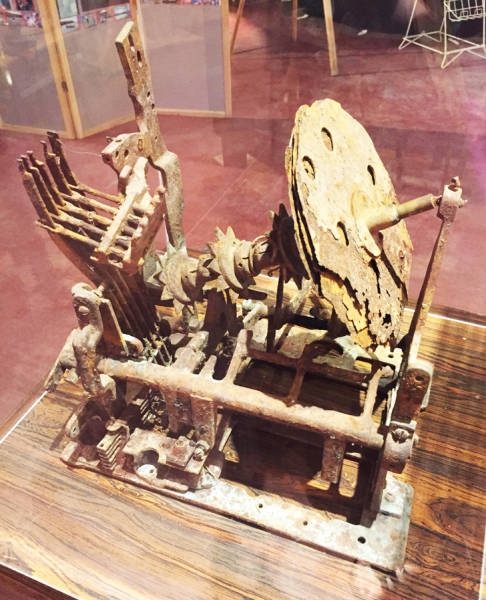
It’s the rusted guts of a Mills slot machine which has reels and combinations of pictures in order to win. Here you can see how it works.
“Metal thing and its leather case. Found when clearing my grandad’s house. What is it?”
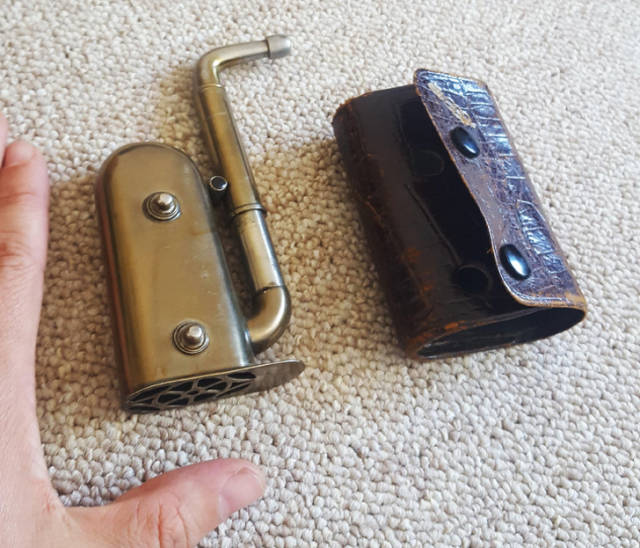
It’s called a pocket ear trumpet.
“Found in a house in Ohio.”
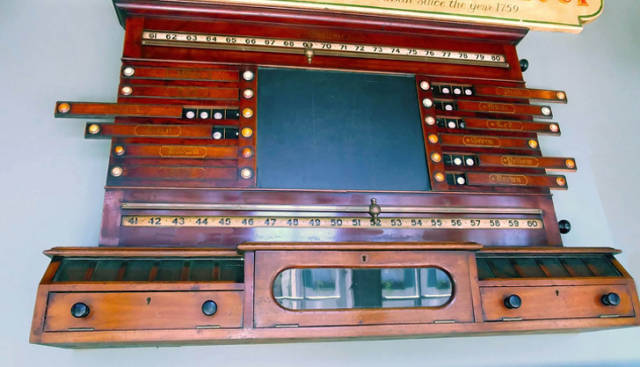
It’s a snooker or billiards scorekeeper.
“I found it in my new fridge. What is it?”
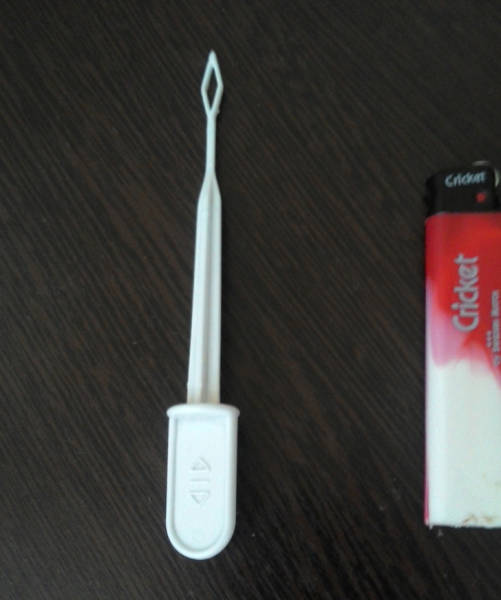
That’s a tool for cleaning a drainage hole that collects condensate in the fridge.
“On display on a wall at the ski slopes telling us not to touch it if found. What is this?”
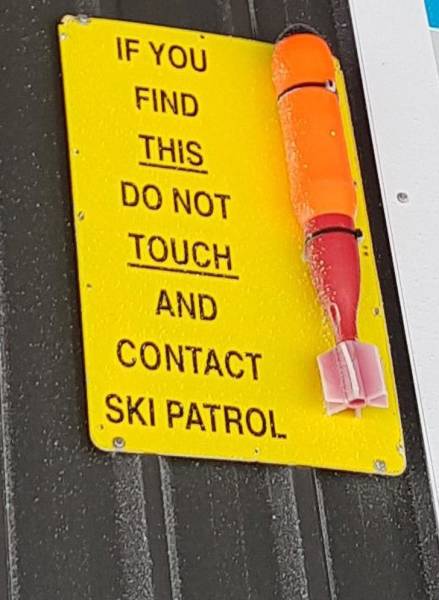
It’s an avalauncher round — an explosive device used in avalanche mitigation. As with any other explosive materials, they sometimes explode and, therefore, they pose a danger.
“Found this in the Mississippi River while kayaking. I think it’s some kind of fungus but I’ve never seen this in my life.”
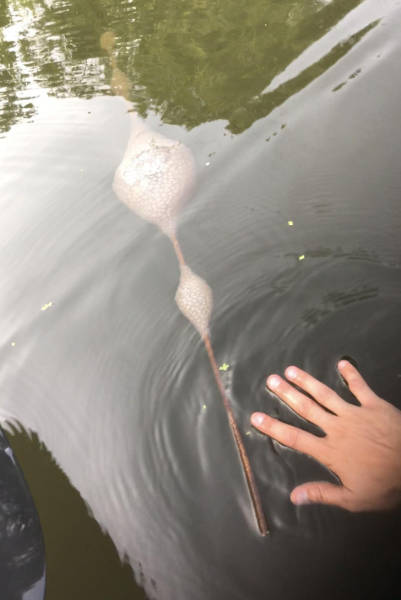
It’s Bryozoa — a type of invertebrate animal. These are aquatic and colonial moss creatures. The colonies of Bryozoa can cover the square of more than 10 sq ft. Their colonies have many forms: some grow on reachable surfaces (stones, shells, or seaweeds) in the form of crusts and lumps, while others can have forms of fans, bushes, and sheets.
“My friends’ kitchen has this odd narrow cutting board. What can you possibly use this for?”
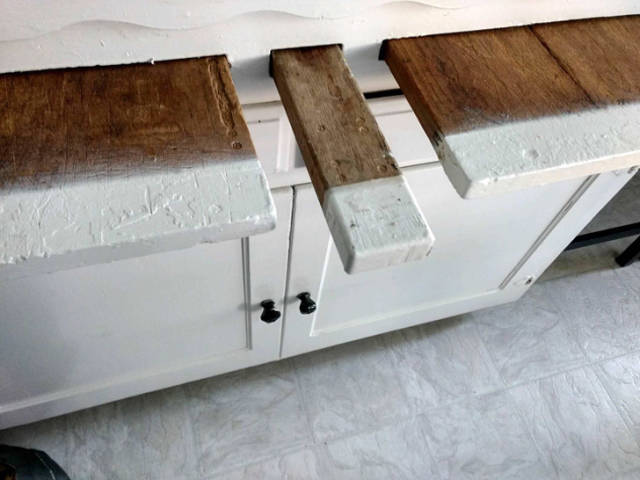
Back in the day, people used hand-operated meat grinders rather than buying ground meat at the store. You could mount them to the narrow board via a C-clamp on the bottom of the grinder. If you look carefully, you’ll see the traces of clamps.
“There are a lot of these in the sands of Portugal. What is this?”
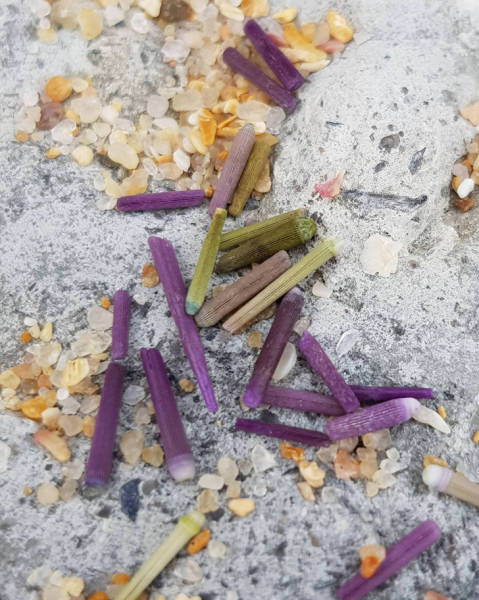
These are sea urchin spines.
“World War I era helmet. What is this one for?”

These protective helmets were worn by German flamethrower operators.
“Found in a charity shop in Scotland. It has a simple press screw and 2 nails to hold something aligned.”
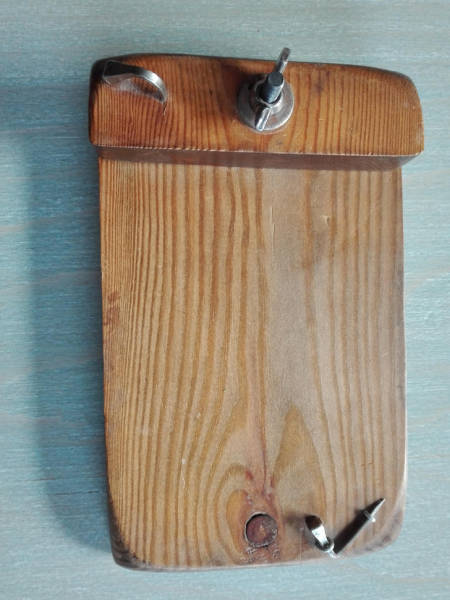
It’s an old tool for holding a stack of notepaper and a loop for a pen.
“I noticed a massive net next to the main road near Manchester. Any ideas what it could be for?”
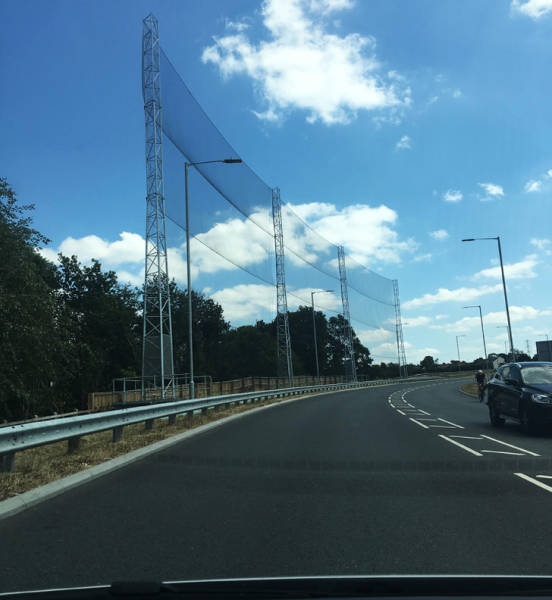
There is a golf club near the road and the net won’t let a ball get on the highway.
“Spotted these metallic structures on a cliff while going on a train to Machu Pichu. What are they?”
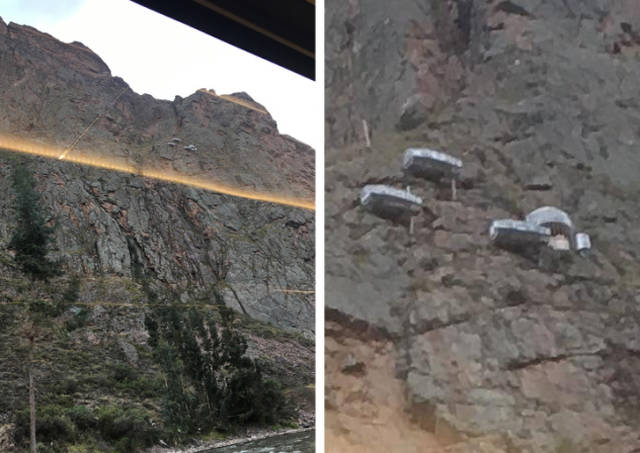
That’s a hotel on the cliff consisting of 3 semi-transparent rooms. One night there costs $450.
“What is this strange thing all about?”
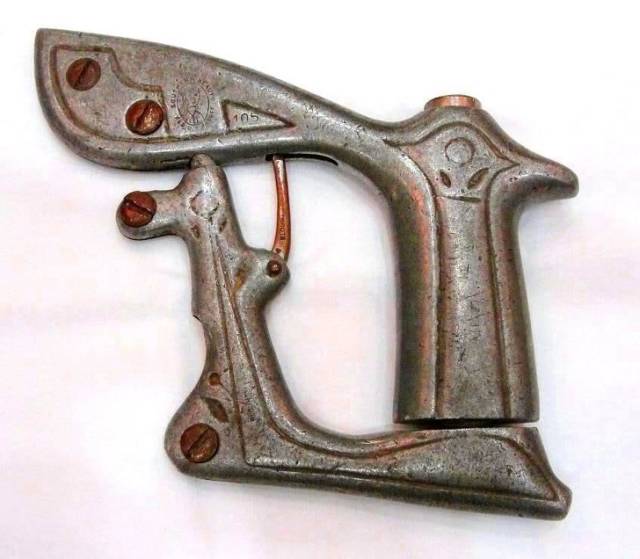
That’s a handle for a hand saw. That’s how it looks together with the saw.
“Saw it in a Facebook post. Any ideas?”
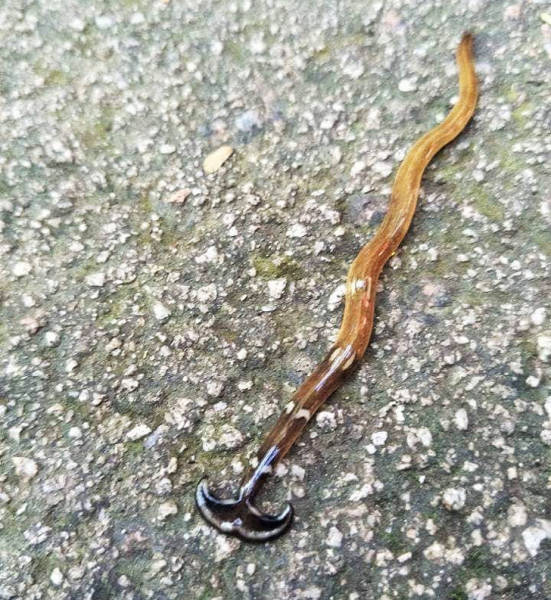
It’s a Bipalium — a planaria worm also known as a hammerhead slug. By the way, the worm feeds on earthworms.
“What is this helicopter used for?”
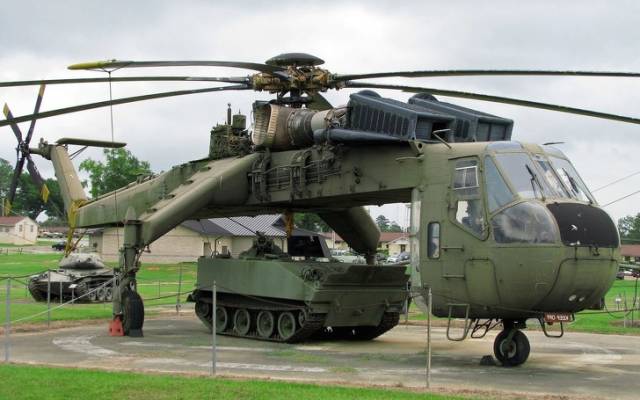
It’s Sikorsky S-64 Skycrane. The helicopter in the photo was designed for transporting military tanks. But, in fact, it can be used to carry any heavy object because this machine can lift up to 42,000 lb.
 Barnorama All Fun In The Barn
Barnorama All Fun In The Barn